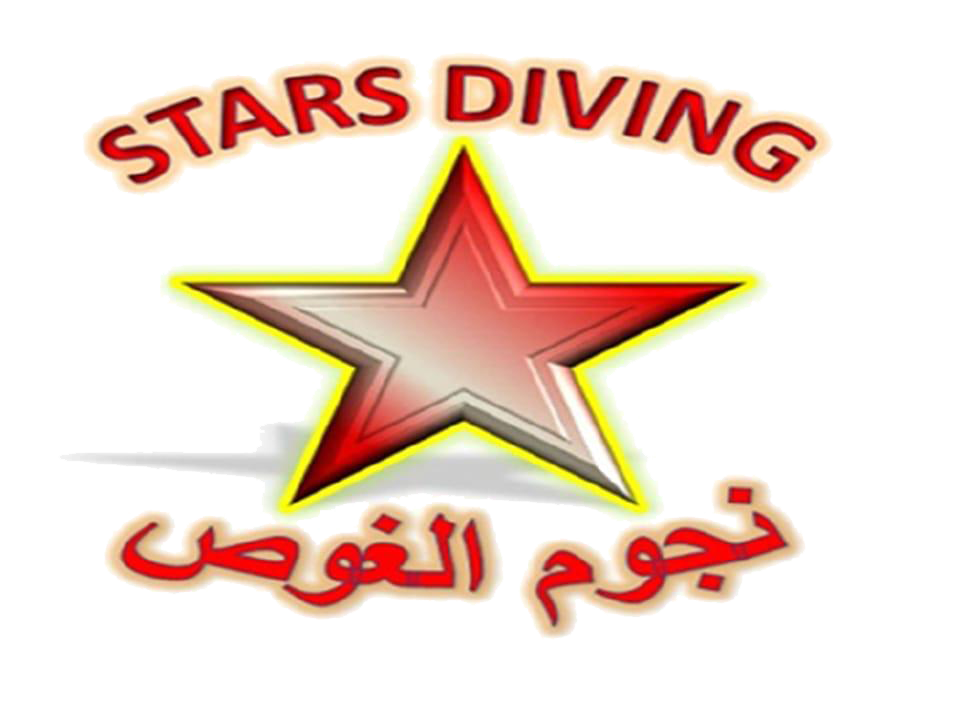services
Anchors, boats, equipment … etc
– We search for you lose anchors & sunken boat & lose equipment … etc
with new searching equipment .
Also we help in Marine Salvage .
Underwater services
• Search and recovery
What are search and recovery?
Search and recovery are the act of locating and retrieving missing things underwater.
A large area of water that needs to be searched can be the sea. To accomplish an underwater search and recovery mission in a large area, there are a few underwater search patterns that can be used:
– The tow search method is a fast way to search a large area.
With thorough preparation, the tow search method can be used when there is zero-visibility underwater, as divers can use their hands to feel the bottom for anomalies.
– Bottom Line Search Method
Another method to search large areas is using the bottom line search method. This method uses a team of 2-8 divers, who are dispersed along one rope. The divers use the rope to travel together along the bottom of the water body. The distance that the divers are separated along the rope is contingent on the visibility underwater.
– Grid Search Method
Another method used to search large areas is using grids. When this method is utilized, numbered grids are mapped onto the body of water. The size of the grids will depend on the target of interest. Once the water is divided, divers or an ROV is assigned to a grid that is marked by buoys. Within the grid, a detailed inspection is performed and any findings are reported after the examination. The grid method is hardly used in large area searches as it is a time-consuming process. It is usually employed when other methods have failed or there is a high likelihood of finding the target in a certain area.
– Expanded square metho. Divers use an underwater compass.
This kind of search is used in a small area search. Two divers will change direction 90* in
few meters depending on the water’s visuality. And each time they will expand the line before
changing the direction.
– Circular method technique
It is used to survey a small area by divers with a rope between them. One of the divers is in a sitting position and holds the rope pulley, and the other rotates around him forming a circle whose center is the stationary diver upon completion of a full cycle, which is determined by the stationary diver giving a signal to the moving diver to advance a further distance from him and perform Do another round until you find it
– Depth gauges and Underwater landmarks.
Divers use the nature of the diving area to determine their destination and are also helped by the direction of the sun, the current, and the water compass.
– Drift dive search
To cover a large area, divers or snorkelers use the method of swimming with the current
